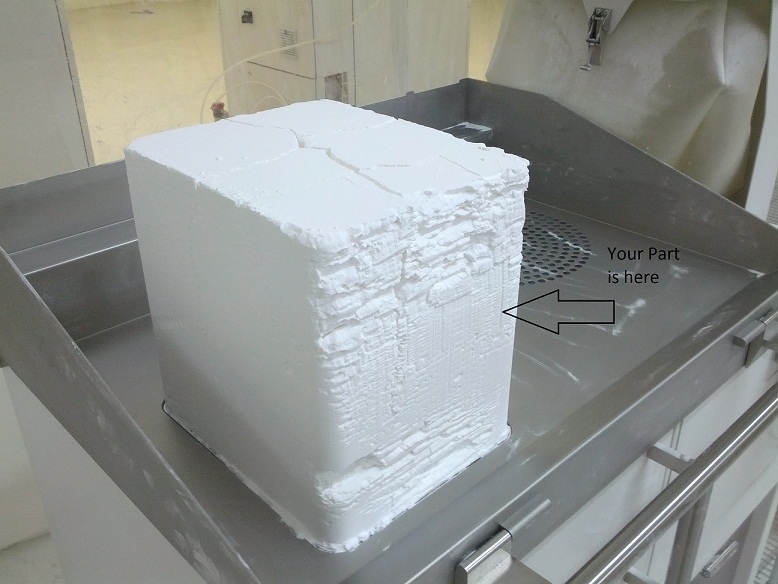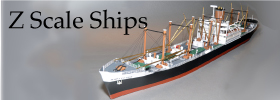- Posts: 316
- Thank you received: 175
- Forums
- Product Announcements
- StonySmithDesigns Announcements
- Ever wonder why very small items are a problem?
Ever wonder why very small items are a problem?
- stonysmith
- Offline
- Moderator
-

Please Log in or Create an account to join the conversation.
- Mr.JA
- Offline
- Elite Member
-

- Posts: 562
- Thank you received: 86
Please Log in or Create an account to join the conversation.
- stonysmith
- Offline
- Moderator
-

- Posts: 316
- Thank you received: 175
Please Log in or Create an account to join the conversation.
- Kelley
- Offline
- Dispatcher
-

- Posts: 764
- Thank you received: 73
Please Log in or Create an account to join the conversation.
- stonysmith
- Offline
- Moderator
-

- Posts: 316
- Thank you received: 175
Please Log in or Create an account to join the conversation.
- tealplanes
- Offline
- Dispatcher
-

- Posts: 774
- Thank you received: 64
Please Log in or Create an account to join the conversation.
- stonysmith
- Offline
- Moderator
-

- Posts: 316
- Thank you received: 175
Oh, I also found out.. this particular printer costs nearly $1m
Please Log in or Create an account to join the conversation.
- stonysmith
- Offline
- Moderator
-

- Posts: 316
- Thank you received: 175
www.wired.com/design/2013/02/shapeways-factory-tour
Note: this is for the material called White Strong Flexible (WSF) and most of my models are produced in another media (FUD) that uses a different process.
Please Log in or Create an account to join the conversation.
- Pete Nolan
- Offline
- Junior Member
-

- Posts: 126
- Thank you received: 102
When I returned to the industry in 2004, all the rage was tolerancing.
When I left in 2006, all the rage was tolerancing.
Today, all the rage is tolerancing. Or clearances. Or definition. The demos I see today from Siemens are the same demos I produced for Computervision in 1991! I guess they are a little bit more real, but it's hard to tell. You can only pull apart the transmission for a tractor in so many ways. Yeah, it took 45 minutes a frame back then, and now only 1/20 second, but that factor is far less than the increase in hardware power alone.
For my 2D digital cutter that cost $180, I design in .001 mm increments. It probably can't cut thick styrene with anything near that precision, but it makes me feel good that I've toleranced my part exactly 1.016 mm to allow for two thickness of 0.508 mm.
3D modeling today, as I understand it, is geometrically precise. I recently bought a FUD loco shell that was, well, OK--and extraordinarily fragile, as I broke the railings just removing it from the packaging. And the rendition was--well--layered.
But then I read that the precision of the process is much less than what I can see with my eyes or feel with my fingertips. I know it's the wave of the future, and that things will get finer and finer but, after my industry experiences, I do wonder about when it will happen.
Please Log in or Create an account to join the conversation.
- Zcratchman_Joe
- Offline
- Senior Member
-

- Posts: 281
- Thank you received: 41
One might say your industry experiences could be an indication of the time frame needed to bring 3D modeling up to speed (i.e. forty-five minutes to render a frame in 1991 vs. 1/20th of a second to render the same frame today = more than a 13,500 percent increase in quality productivity over the past 20 years).Pete Nolan wrote: But then I read that the precision of the process is much less than what I can see with my eyes or feel with my fingertips. I know it's the wave of the future, and that things will get finer and finer but, after my industry experiences, I do wonder about when it will happen.
Now let’s use those statistics with the 3D printer industry, and in twenty years – Wow! However, we must also understand that in the past twenty years many other improvements have taken place in manufacturing and electronics that should dramatically, if not exponentially, reduce the number of years needed to accomplish this same sort of increase in quality productivity. Even if the rest of the industry doesn’t migrate to molecular printing, just imagine what the standard 3D industry will be like in just five years.
Joe
Please Log in or Create an account to join the conversation.
- Pete Nolan
- Offline
- Junior Member
-

- Posts: 126
- Thank you received: 102
stonysmith wrote: Interesting tidbit: this printer prints at only 1cm / hour.. the block above took 22 hours to build, and then also took 22 hours to cool down afterward.
Reminds me of the time I was touting a Qume daisywheel printer with the utterly amazing speed of 15 CPS--characters per second. It cost $2500 in 1980-ish dollars. How far we've come.
Please Log in or Create an account to join the conversation.
- Forums
- Product Announcements
- StonySmithDesigns Announcements
- Ever wonder why very small items are a problem?


















